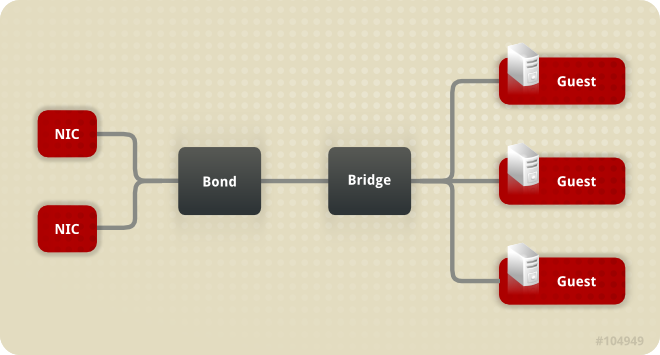

- #Intel e1000 nic linux vlan how to#
- #Intel e1000 nic linux vlan install#
- #Intel e1000 nic linux vlan driver#
- #Intel e1000 nic linux vlan upgrade#
#Intel e1000 nic linux vlan how to#
As I am coming from web application development, I am not sure how to make use of these references and steps so that I get NIC that supports DPDK Intel(e1000) in custom Linux.Īs per my understanding, once the device added in the system, OS will check in mod alias based on compatible entry and load right driver. I see some reference on “compatible” entries and mod alias entries. It would be great to know if there is a way to configure NIC using e1000 in custom Linux. When I see modprobe entries in Custom Linux I also see e1000 entries. lspci | grep -i netĠ2:01:0 Ethernet controller: Advanced Micro Devices AMD 79c978 PCnet32 LanceĠ2:02:0 Ethernet controller: Advanced Micro Devices AMD 79c978 PCnet32 LanceĠ2:03:0 Ethernet controller: Advanced Micro Devices AMD 79c978 PCnet32 Lance Fix vlangetprotocol() to retrieve network protocol instead of incorrect vlan protocol.
#Intel e1000 nic linux vlan driver#
They all have pcnet from AMD as the driver when I validated with ethtool command. vlangetprotocol() could not get network protocol if a skb has a 802.1ad vlan tag or multiple vlans, which caused incorrect checksum calculation in several drivers. Then I added three NIC interfaces as earlier. Then I installed another Custom Linux image in a VMware virtual box. They all have Intel e1000 as the driver when I validated with ethtool command. Is there anything fundamentally wrong that can cause this? Could Pfsense be at fault on the second case (loss of internet)? I did read a lot about using a VLAN for WAN, and it does seem to work just fine on other setups.I have installed Ubuntu Linux image in a VMware virtual box.

So far, this has been working (24 hours later). Since this was not usable, I decided to purchase a PCIE NIC and attached that to the VM as a new linux bridge for the WAN.
#Intel e1000 nic linux vlan install#
The incredible thing was that pings to the internet were working just fine, even DNS lookups, but traffic will simply stall. driver problem with intel pro e1000: takatam: Linux - Hardware: 3: 01-20-2005 01:58 AM: Backport e1000 driver: mikewelter: Linux - Hardware: 1: 05-14-2004 11:26 PM: linux fedora update 1 and intel e1000: ahalic: Linux - Networking: 0: 04-19-2004 05:03 PM: intel gigabit e1000 install on Debian: safirarock: Debian: 2: 01-22-2004 05:59 AM: Intel. The solution was to reboot the internet modem and it will do the same thing after a while.

The next problem was that my internet suddenly stopped working after around one hour. After swapping that, the problem went away and I had a working setup. Since this was a virtual NIC I decided to try the intel E1000. I started reading about it, and it seems that people always got rid of it by swapping a NIC. Digging a bit more I did see some strange 6 extra bytes at the end of the frame called VSS-Monitoring trailer. Fired up wireshark and I was seeing that the SYN packets were sent and received on the other end, the SYN-ACK was sent back but the other end was simply ignoring it. I did restore the same working configuration (minus the interface remap) into the box and the first thing I observed was that inter VLAN routing was not working. The other slight config change was that WAN was now a new VLAN instead of a different NIC. The NIC had no VLAN selected as I wanted to pass them tagged to Pfsense. Then I created a single network adapter on the VM (I had a single nic) in VirtIO mode. I started by reading all the recommendations and created a linux bridge with VLAN aware enabled. The problem started when I tried to migrate Pfsense to Proxmox. I also decided to migrate away from ESXI into Proxmox.
#Intel e1000 nic linux vlan upgrade#
Since I wanted to upgrade the mac mini to build a NAS (needed those SATA connectors) and the mini was getting old, I decided to build a custom "pseudo low power" PC with a new AMD Ryzen 3, 32G ram and other goodies. The switch connects to a unifi AP that supports VLANs and has multiple SSIDs The other NIC goes to a managed switch in a trunk port that has 3 VLANS + untagged for LAN Dual NIC (one on board, one thunderbolt adapter) I have been using ESXI for 5 years now on a 2011 mac mini with no issues.


 0 kommentar(er)
0 kommentar(er)
